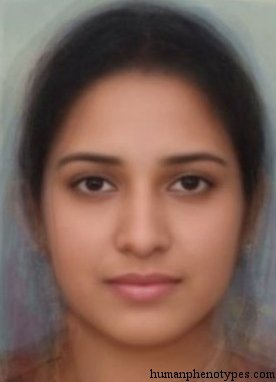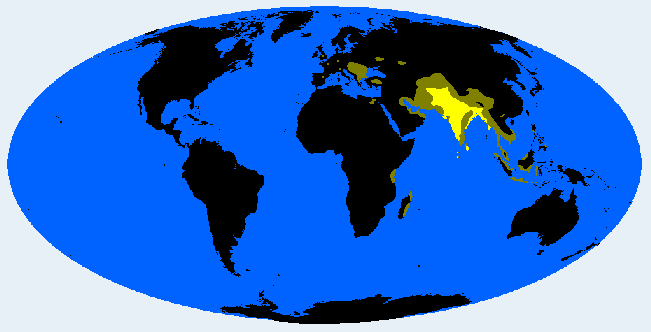Description:
Mediterranoid group, mostly concentrated on the Indian subcontinent. Generally dark haired with light to medium brown skin and long-headed. Forehead high, relatively narrow, straight nose, often gracile facial features with a modeled chin. The almond-shaped eyes and lips tend to be larger than in Mediterranid proper. Was already present 2000-3000 BCE in the Indus Valley in cities like Mohenjo-daro and Harappa. Probably derives from various Indo-European migrations to India. The small Gracile Indids are usually regarded as the most typical variant. They contain a Mountain Indid, a Sinhalesid, and a Keralid subvariety. In North-West India and Pakistan, a taller North Indid variety exists. The Toda has sometimes been seen as a North Indid variety, but may be treated independently. Various ancient migrations brought it to Thailand, Arabia, Madagascar, Indonesia, and Europe, newer ones to America, Great Britain, and Australia.Names:
Indid (Eickstedt, 1952; Vogel, 1974; Knussmann, 1996), Indo-Afghan(e) (Deniker, 1900; Vallois, 1968; Debets, 1974), Indiana (Biasutti, 1967), Mediterranean Indian (Cole, 1965), Indo-Dravidian (Hooton, 1946) , Homo indicus (Bory, 1827).






